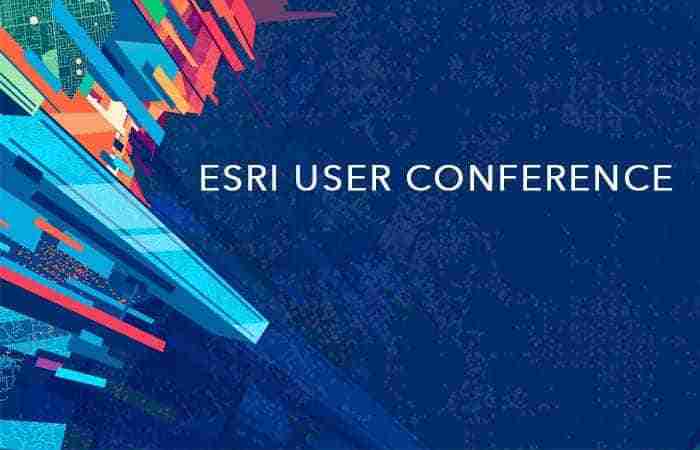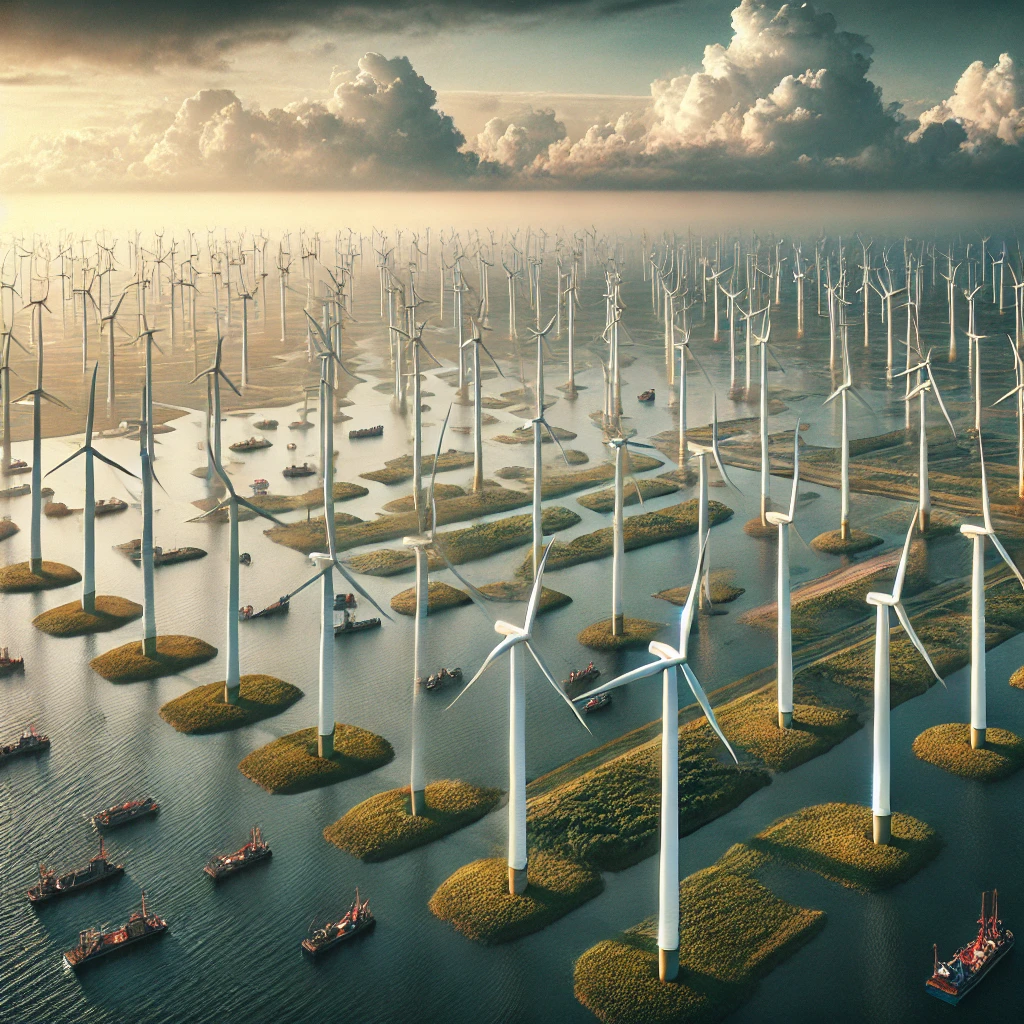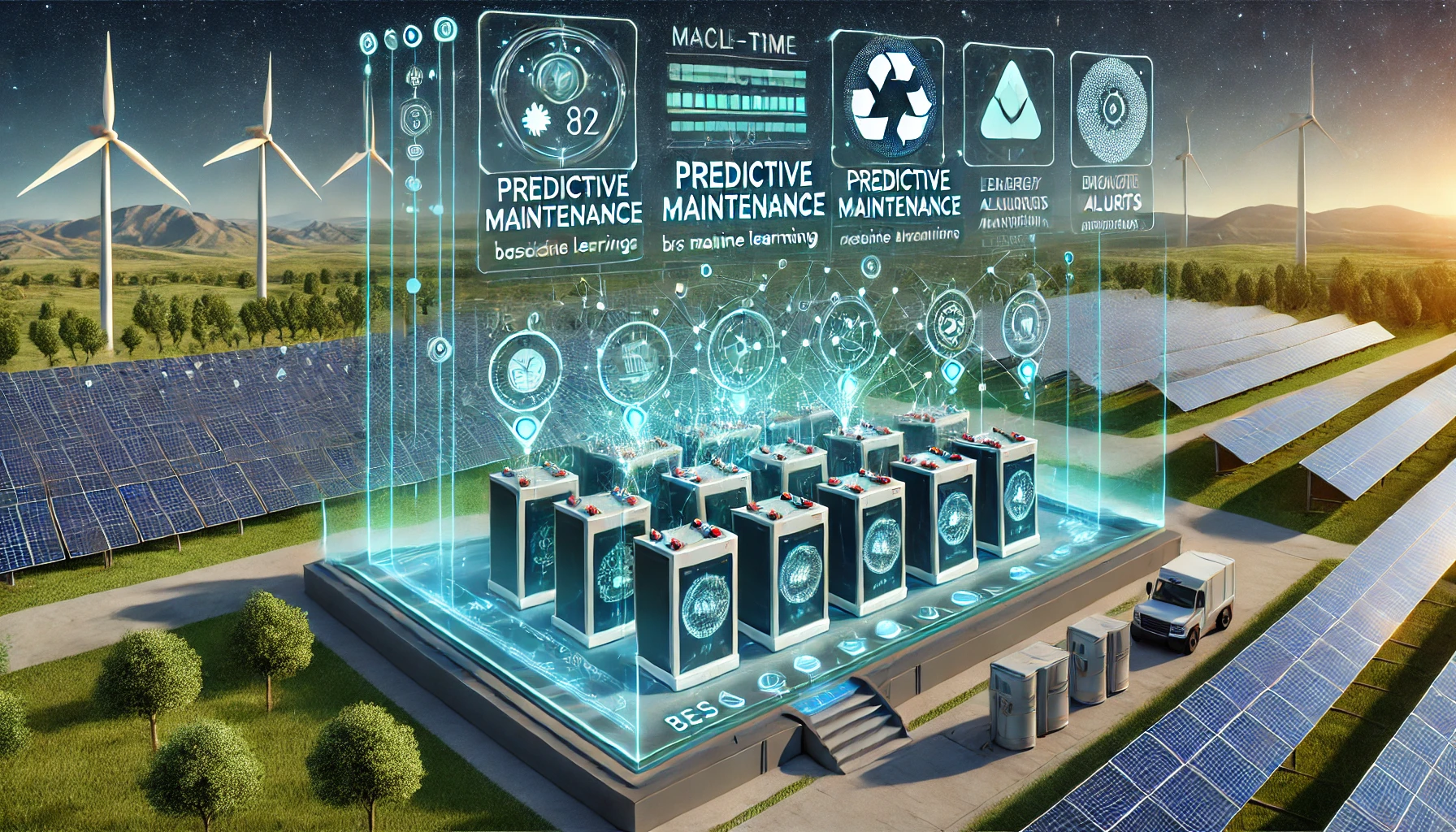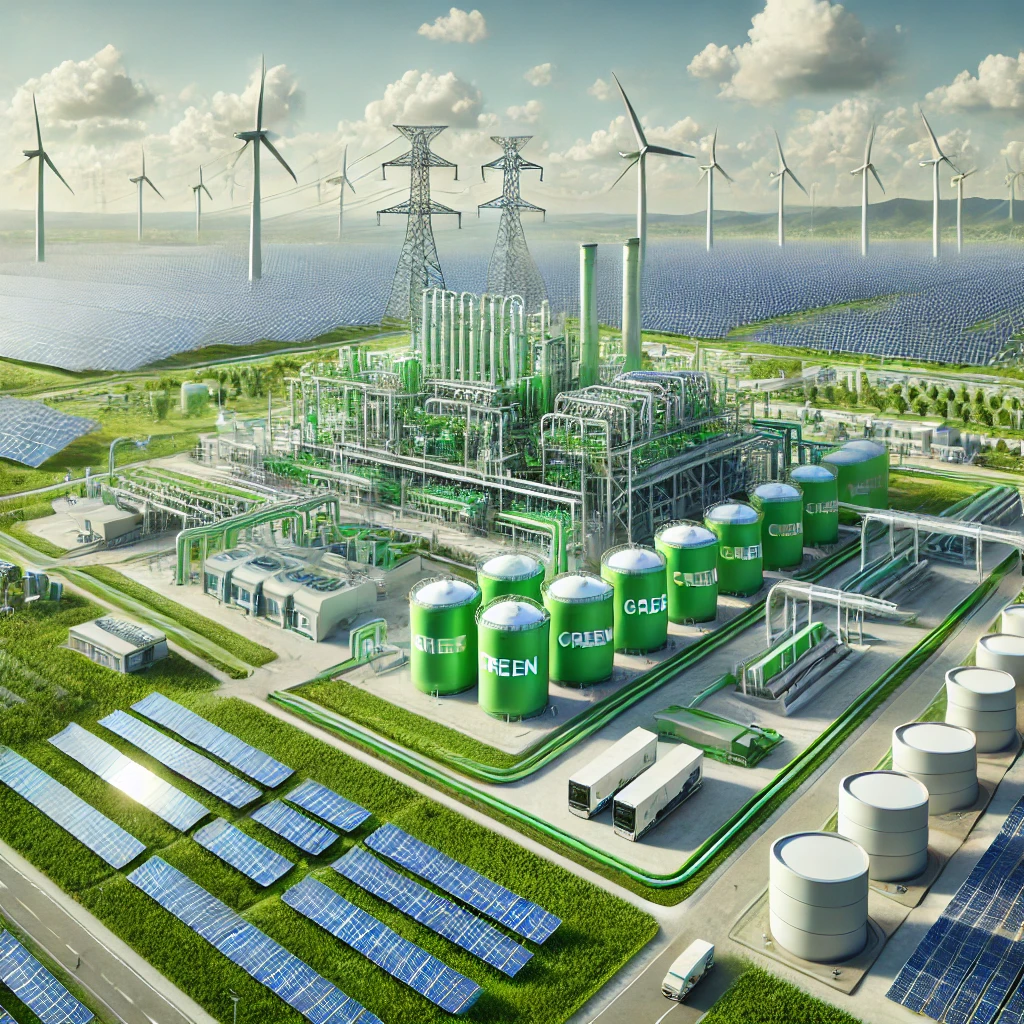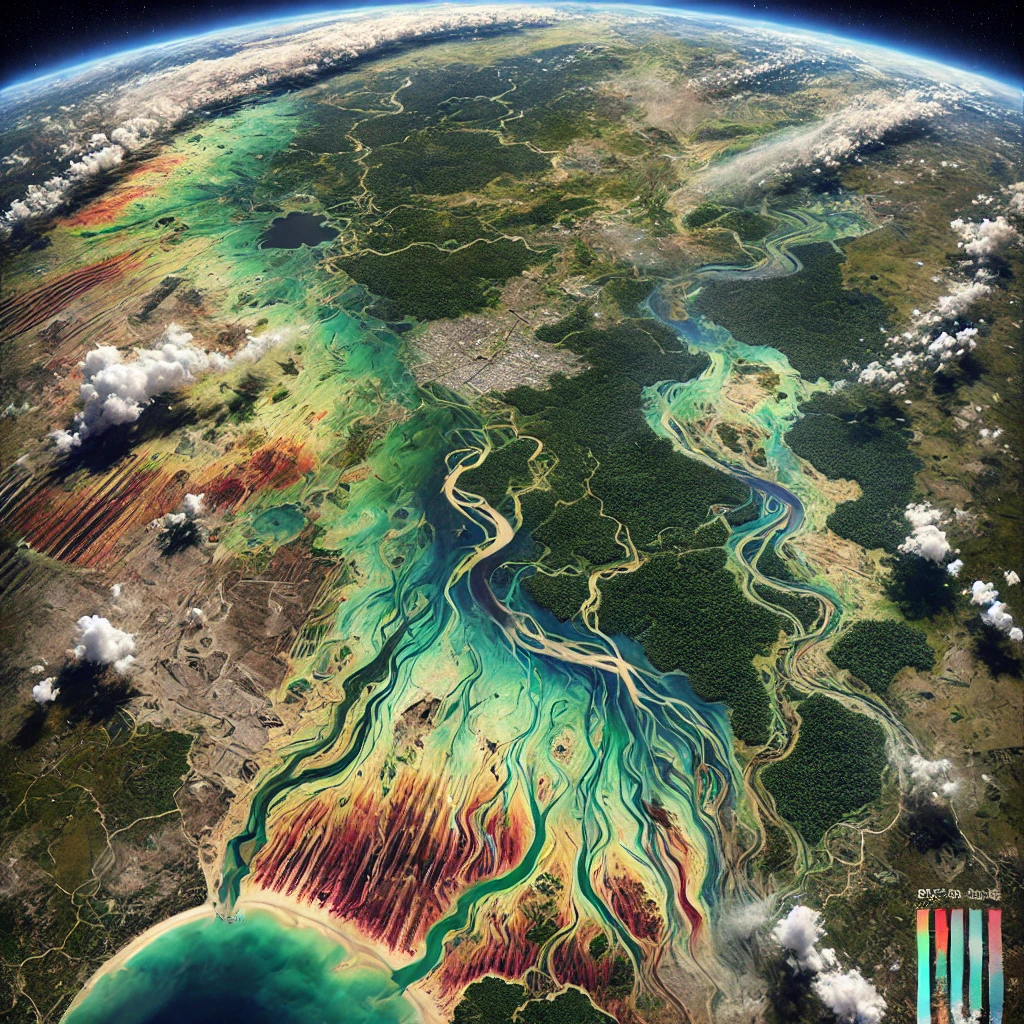 We had the pleasure of presenting our GIS-powered solutions for the Renewable Energy Industry at the ESRI India User Conference 2019 held at The Leela, Gurugram (India) on 28-29 August 2019.
We had the pleasure of presenting our GIS-powered solutions for the Renewable Energy Industry at the ESRI India User Conference 2019 held at The Leela, Gurugram (India) on 28-29 August 2019.
The annual ESRI India User Conference is the go-to destination to experience the next big thing in GIS. Leading ESRI and industry experts showcase innovative, real-world GIS applications and share the trends driving the GIS evolution. During this year, the theme of the conference was: GIS – Creating Vision for a New India.
The vision outlines the roadmap for the country’s economic transformation over the next three decades. Year 2022, nation’s 75th independence anniversary, represents a key milestone towards building a solid foundation for clean, inclusive and sustainable growth.
Technology, specifically that of GIS, is at the heart of sustaining this vision. The flagship programs such as Digital India, Smart Cities, City Gas Distribution and Namami Gange already use GIS as a core foundation. With technologies such as Artificial Intelligence (AI), Machine Learning (ML), Internet of Things (IoT), Big Data and Cloud Computing integrating with GIS makes its role even more instrumental and overarching.
Professionals, developers, startups, technophiles and academicians across India use GIS in variety of innovative ways. At the User Conference this year, the focus was primarily to explore how we, as a community, can leverage GIS and other technology trends to shape this vision of New India.
Our talk was part of the Solutions Demo Theatre at the conference: Innovative GIS technology addressing a broad spectrum of industries across a wide array of utilities; such as Drones, Mobile, Machine Learning, Real-time analytics & more.
WhereSciences GeoSpatial Labs Energy’s Dr Anushika Bose led our participation at the conference, talking about leveraging location intelligence in the renewable energy sector and gave a demo of what our tools can achieve as well as how it can help stakeholders improve their crucial decision-making processes.
